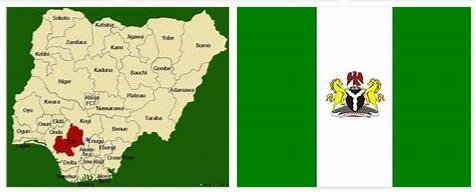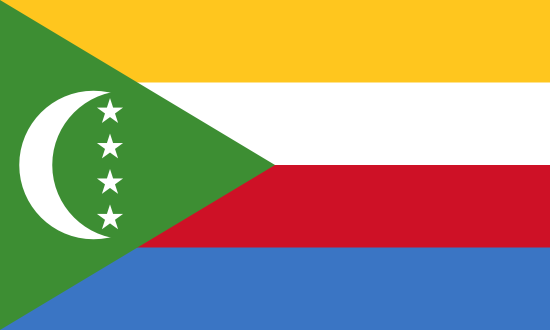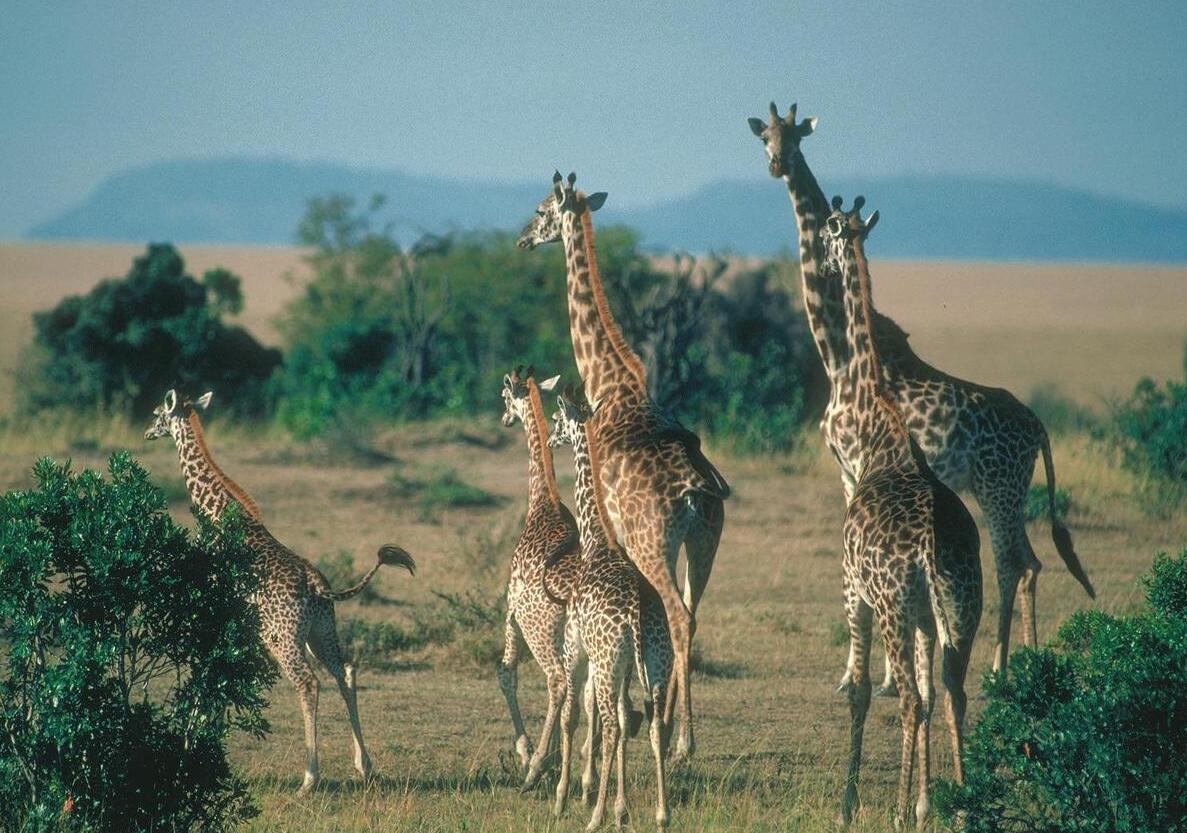Nigeria Arts and Architecture
Modern art in Nigeria is based on indigenous tradition and on the interactions between foreign and Nigerian religious and intellectuals. The projects linked to the Oye Ekiti missions are significant, with workshops of sculpture, weaving, embroidery, leather processing. Within the group of Oye Ekiti, at B. d’Osi, son of Areogun, the first great Yoruba sculptor, L. Kakeye (portal of the hospital of the University of Ibadan, 1960) was trained. Oshogbo is the cradle of Yoruba art with the sanctuaries of the Sacred Forest; since the end of the 1950s the Austrian S. Wenger has started the reconstruction, having among his collaborators A. Akannji. In the northern Nigeria the Zaria art society (1958) developed a creative philosophy, a synthesis between Nigerian cultural heritage and international artistic research. U. Ukeke, one of the promoters, developed the Nsukka school (associated with uli art, ibo painting on walls and bodies). Exponents of the school of Zaria and then of Nsukka were B. Onobrakpeya, E. Emokpae, E. Anatsui, T. Adenaike, J. Jari, O. Oguibe, C. Okeke. In 1961 in Ibadan was born, promoters the Nobel Prize W. Soynka and the German scholar U. Beier, the first Mbari club, an association of writers, artists and musicians who reaffirm the traditional interdependence between art and society. In 1962 the musician and playwright D. Lapido and Beier created Oshogbo’s Mbari Mbayo. Among the artists who started it: O. Ikimu, known as Twins Seven-Seven, dancer and percussionist; J. Buramoh; A. Okoye, known as Middle Art. The Ori Olokun experimental workshop, founded in 1969, operated within the Institute of African Studies of the University of Ife; the first director was SI Wangboje, who was particularly interested in printing on fabric as an artistic medium.
According to HEALTHVV.COM, the architecture of Nigeria, already influenced, in its vernacular aspects, by English colonialism (mud houses, on two floors) underwent a further impulse, from the mid-20th century, by British architects (E. Maxwell Fry with JB Drew; L. Drake and D. Lasdun; JEK Harrison and J. Cubitt etc.), in both institutional and residential construction (British Petroleum headquarters in Lagos, 1961; mosque of the Wudil teacher training center, with the annexed circular building of the Women’s teacher training college in Kano, 1958). After independence, the influences of the International Style were followed by an architectural production that returned to tradition (sobriety in the design, use of local materials, strong chromatism): O. Olumuywa, Primary school in Lagos; A. Ekweme, various buildings in and around Lagos; I. Kola-Bankole, university buildings in Ife, Ibadan and Lagos. In the area of urban planning, the developments of the cities borrowed from the models of the English new towns and, for the development of the capital, according to the projects suggested by K. Tange. The intertwining of national trends and exchange relationships with international architects is constant (M. Fuksas, winner of the competition for the Abuja Campus, 2006).



